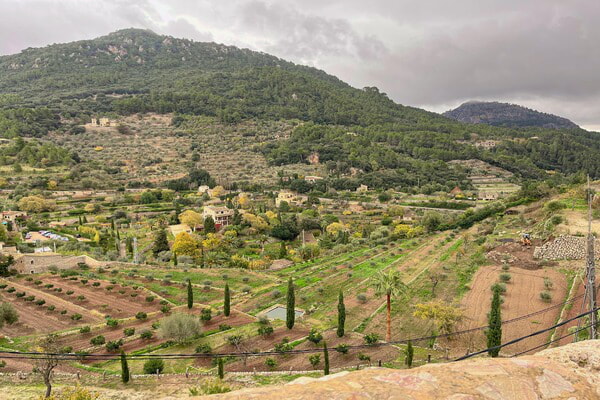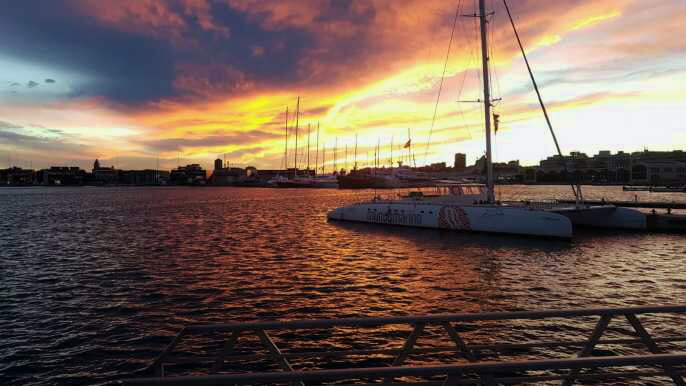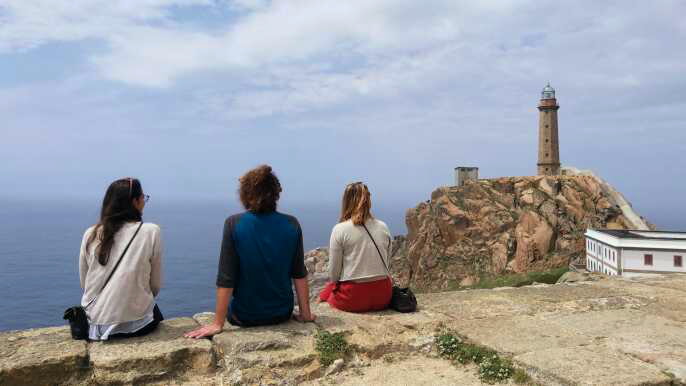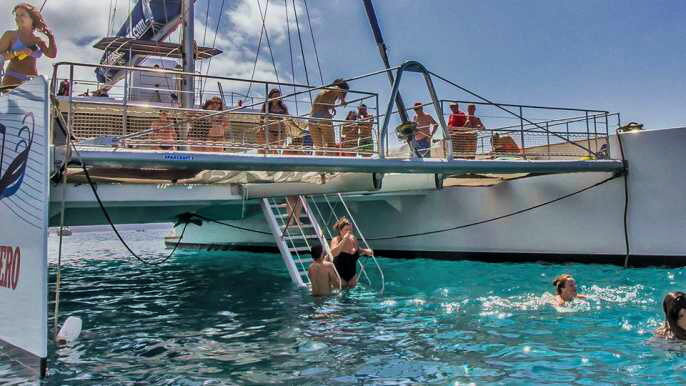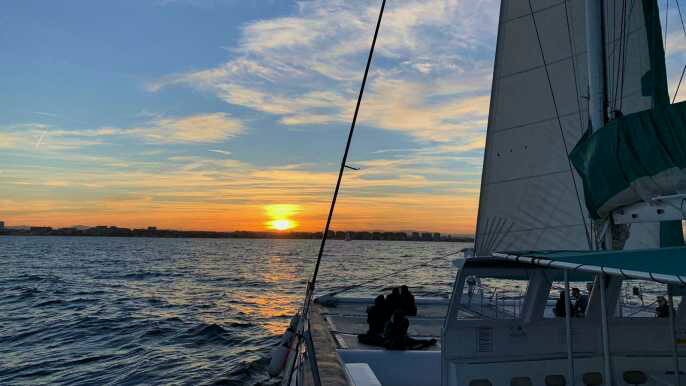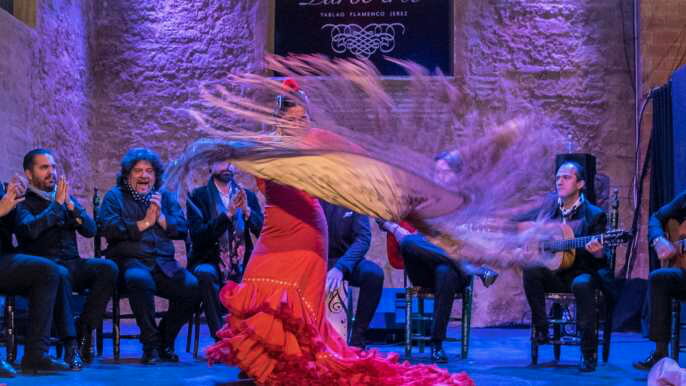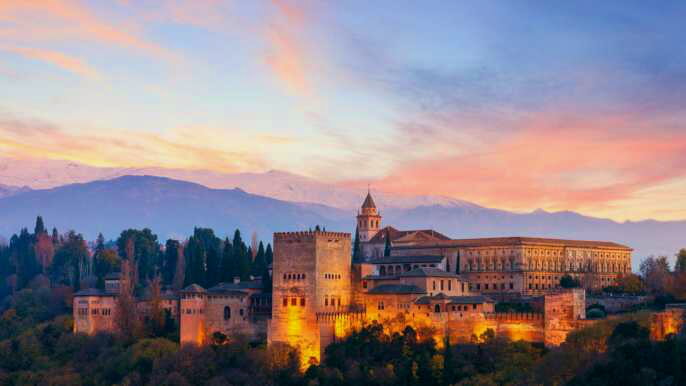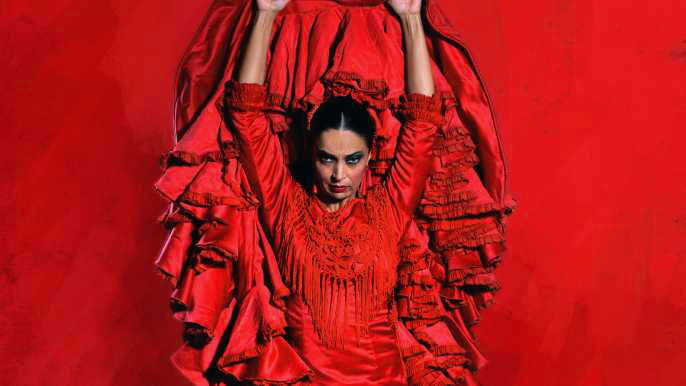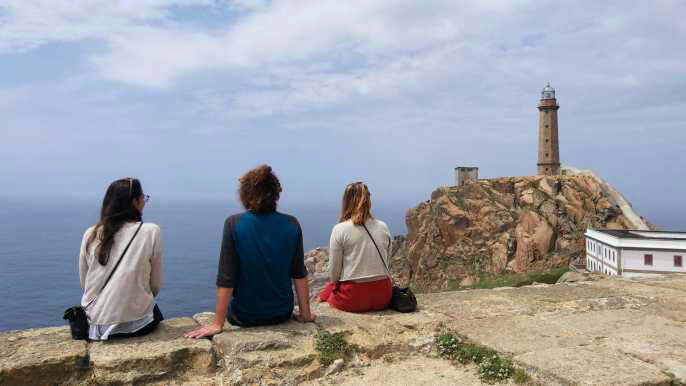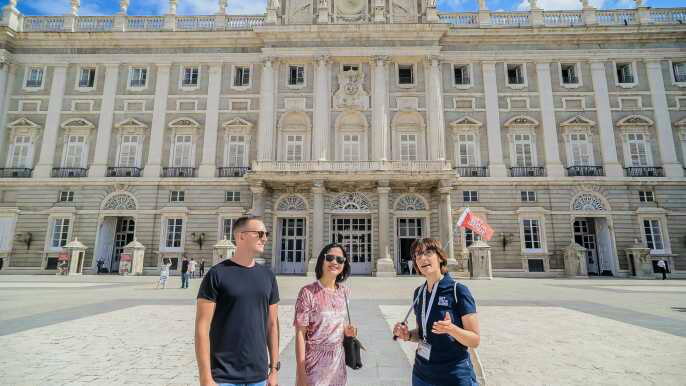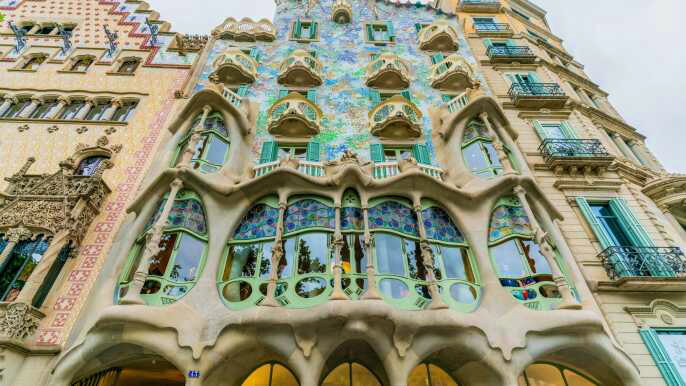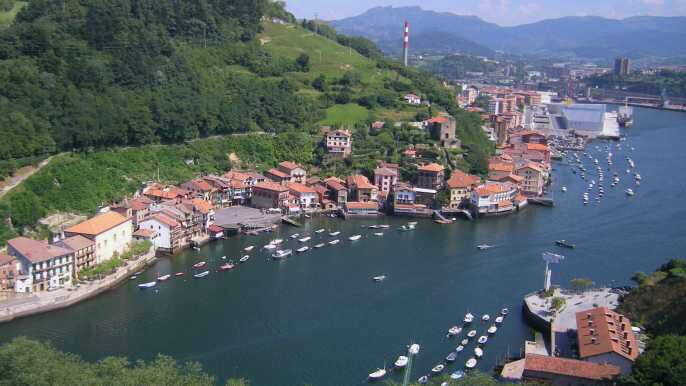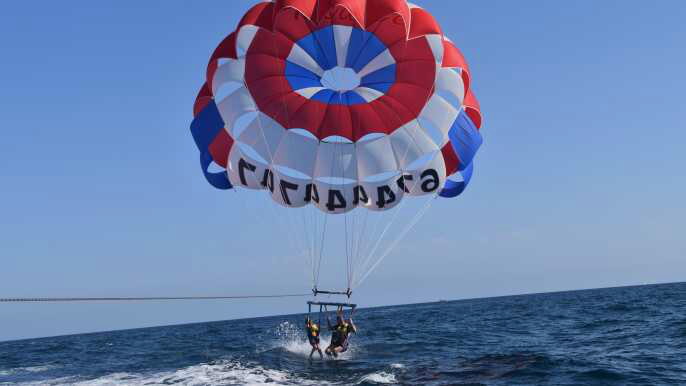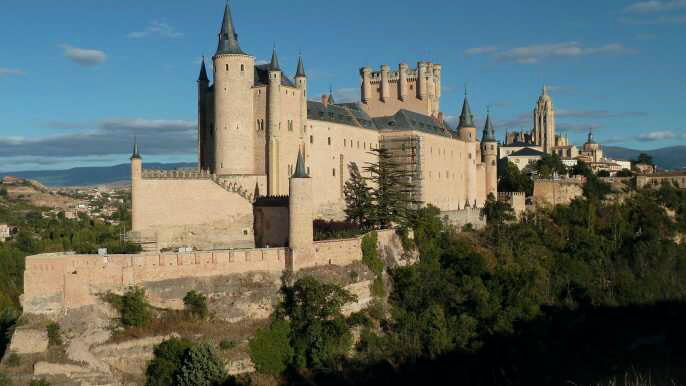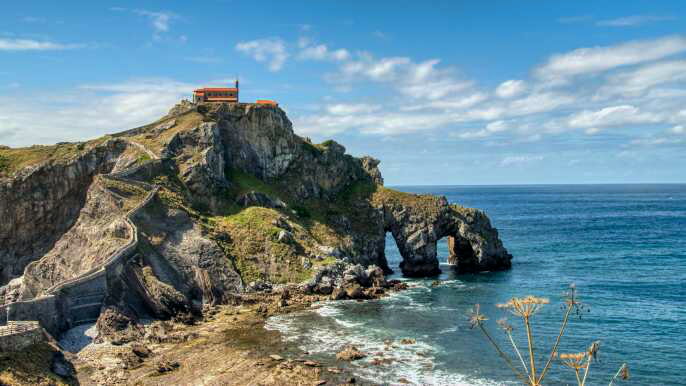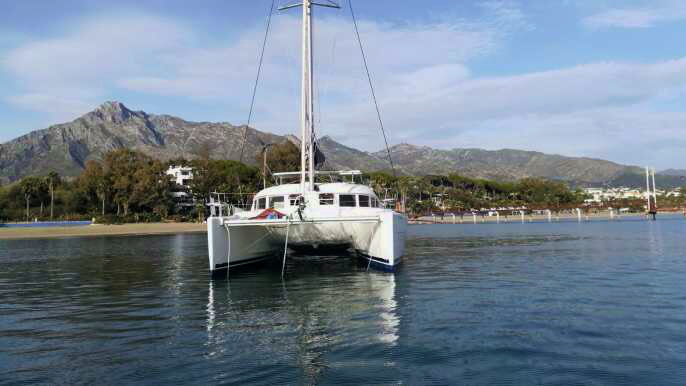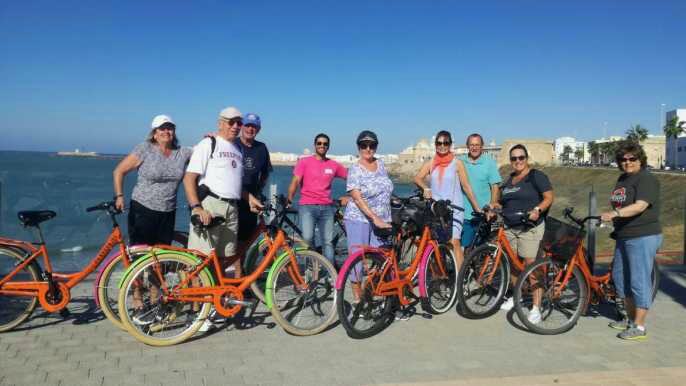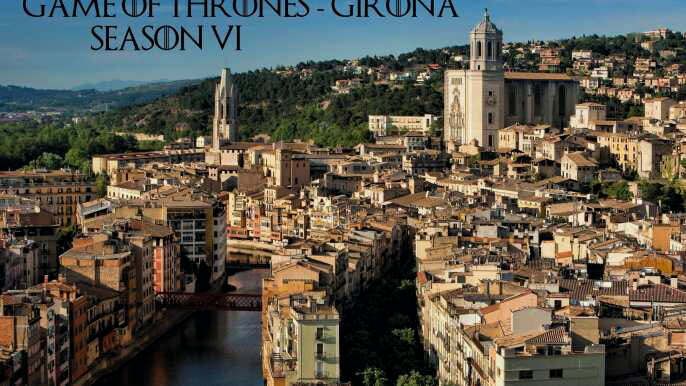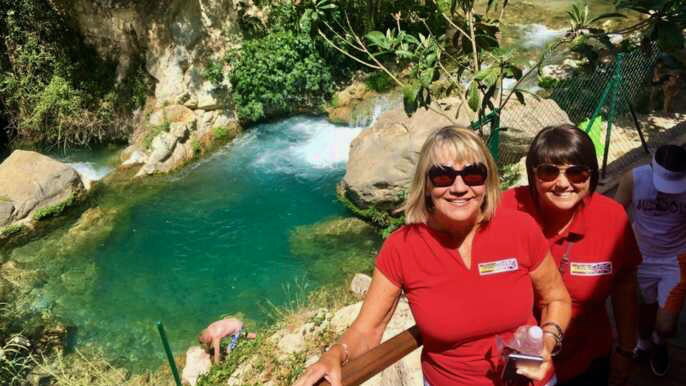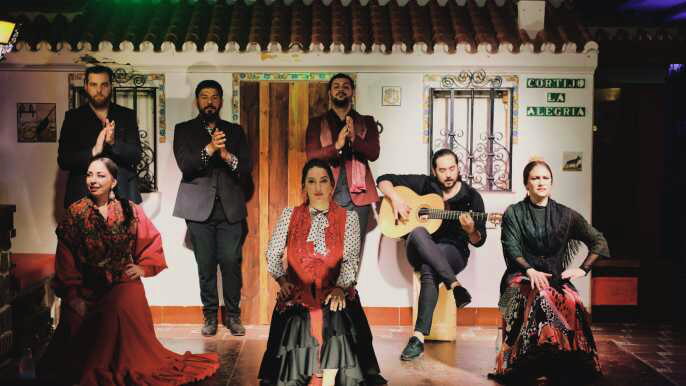Located in the western Mediterranean, the city of Palma de Mallorca is a resort city. In fact, it is the capital of Mallorca. Known as the island's main economic hub, the city is home to some of the best hotels in the world. It also boasts many historic sites, including a massive cathedral that is built in the 13th century and a medieval fortress.
Fornalutx
Located in the Serra de Tramuntana mountains, Fornalutx is a quaint mountain village that's surrounded by orchards and vineyards. It's also a great place to go for a romantic getaway.
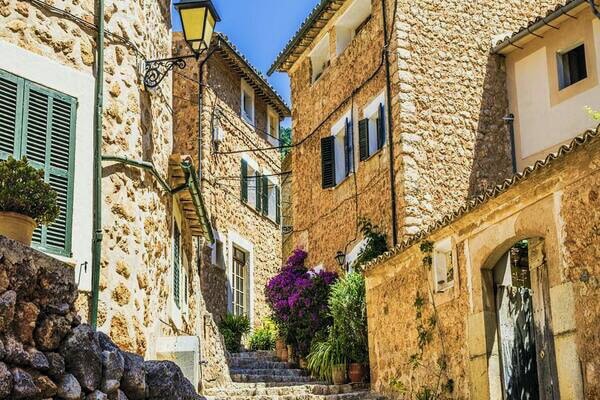
A stroll through the picturesque streets of Fornalutx will take you back in time. Houses built with natural stone and red-tiled roofs offer a medieval feel to the village. The village has a history dating back more than a thousand years. Originally, the village was an Arab homestead. It grew steadily after the 13th century reconquest.
The village's main square, Placa d'Espanya, is surrounded by cafes and shops. The houses along the market square have shops selling culinary specialties from all over the island. There are also several tapas bars and restaurants.
There are several hiking routes in the area. One hike, the Mirador de Ses Barques, offers spectacular views of the west coast of Mallorca. A nine-kilometre hike can also be done to reach the Port de Soller.
If you don't want to hike, you can take the train from Palma to Soller and then take a bus to Fornalutx. The ride takes about 50 minutes. If you pay cash, the ride is only 3 EURuro. However, you will have to wait for the next bus two hours after you get off. If you plan to do this, it is best to depart early.
There is a lovely church in Fornalutx. This church has Gothic and Baroque features. It also has a half-barrel vault and chapels on each side.
Old Town
Located in the centre of the city, the Old Town of Palma is one of the best places to visit in Mallorca. This city has a rich history that has been influenced by Arabs, Christians, and Romans. The old town is filled with narrow streets, which wind to reveal medieval and Renaissance architecture, and beautiful squares. There are many cafes in the Old Town, where you can sit and people watch.
A popular square is the Plaza de la Seu, where you can visit the Cathedral of Santa Maria of Palma. This Gothic cathedral has a Roman Catholic theme. There is a guided tour of the cathedral, which is open Monday to Friday between 10:00 and 14:15.
The cathedral was built under King James I of Aragon. The interior is Gothic in style with some modernista touches. The cathedral is closed on Saturdays between 10:00 and 14:15. The cathedral's garden is a three-minute walk away. The garden is planted with ornamental plants and medicinal plants.
The Old Town of Palma is a compact area, which is perfect for exploring on foot. Palma's old town is also home to the Jewish community, which is still a large part of the city. Many of the buildings in the area were once the offices of the Spanish Inquisition.
One of the most charming parts of the city is the Paseo del Borne, a street lined with beautiful mansions. This street is the best place to people watch and enjoy a hot chocolate. There are also many restaurants along this street.
Cathedral
Located in the city centre of Palma de Mallorca, the Cathedral is a magnificent monument of Gothic architecture. Its golden sandstone facade is the city's most renowned landmark.
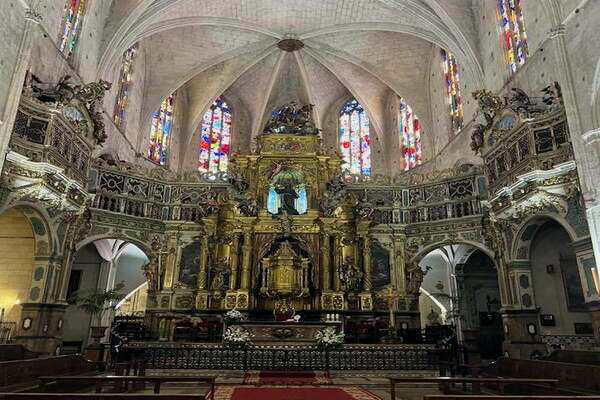
The Cathedral is also known as "La Seu" by the local people, and is the most emblematic building of Palma de Mallorca. Built during the reign of Jaime II (1276-1311), the cathedral was designed in the Gothic style. The cathedral was a mosque until King James I commissioned its conversion into a Gothic-style cathedral in 1229.
The cathedral's interior is equally stunning. The central vault rises 144 feet into the sky, and is marked by rounded stained-glass windows. The vault is surrounded by buttresses on each side, and the ceiling is supported by fourteen tall octagonal pillars.
The Cathedral has three naves, each with eight aisles. The cathedral has 87 windows. The cathedral is also known for its spectacular doors. Several interesting altarpieces are on display in the cathedral. The cathedral is open Monday to Friday at 10 am, and on weekends, it is closed.
Visitors can also take a free rooftop tour of the cathedral. This allows them to enjoy a bird's eye view of the city. There are also guided tours for those over eight years of age.
Another highlight of the cathedral is the rose window. The rose window is one of the largest in the Gothic world, and it occupies more than 100 square meters. It is made up of over 1200 crystals.
Cala Varques
Located on the east coast of Mallorca, Cala Varques is a cove with crystal clear water. It is surrounded by pine trees and rocky headlands. The waters are perfect for snorkeling or diving.
The area is popular with naturists and offers a peaceful retreat. The beach is relatively undeveloped and offers only a small beach shack for refreshments. The water is crystal clear and remains shallow until very far out.
If you have any energy left, try hiking the coastal path. There are several caves along the way. The most prominent are the Cova del Pirata and Cova del Pont. There is also a cave in the middle of the Cala Varques cove, called Cova del Xot.
Another interesting area is the Calo Blanc, a natural bridge of rocks. This small path is easy to follow. Previously, it was an easy cave that was accessible from the sea. The water in Cala Varques is transparent, making it a popular spot for snorkeling.
Cala Varques is located in the Cales Verges de Manacor nature reserve. The beach is a small, unspoilt sea cove. It is a secluded beach, surrounded by pine trees and rocky outcrops.
The best time to visit is during the summer months. This is when the local markets in Manacor and Palma offer fresh local products. These markets are the best place to pick up unique souvenirs and local products.
Es Trenc - Salobrar de Campos Maritime Terrestrial Park
Located in the municipality of Campos, Es Trenc - Salobrar de Campos Maritime Terrestrial Park is a beautiful spot on the island. It is considered the second biggest wetland on the island.
It is also a great place to watch migratory birds. The area is home to many species of birds, including pink flamingos. The Salobrar de Campos marshland is considered one of the most ecologically valuable coastal systems in Mallorca.
In summer 2017, Es Trenc was declared a maritime-terrestrial natural park. The government has banned development of any tourist sites in the area, and has also banned dogs in the dunes. Medi Ambient has started a campaign to raise awareness about conservation in the area.
Es Trenc has some unique features, including machine gun bunkers built during the Second World War. These bunkers are still in disuse and are uncovered by erosion of the beach. The bunkers have been painted white by Madrid group Boa Mistura, who also decorated the machine gun nests with poetry written by local poet Miquel Costa i Llobera.
The area is also home to a variety of plants, including sea lilies and thistle plants. Es Trenc beach has a number of small kiosks where visitors can purchase soft drinks and seafood. There are also a few wooden beach bars that serve typical Mallorcan beach food.
The area also produces flor de sal, which is considered to be a gourmet product. You can buy flor de sal from the port or at the Salinas de Es Trenc.
Valldemossa
Located in the Tramuntana mountain range, Valldemossa is a small town with a unique character. Its medieval architecture and picturesque landscape have made it one of the most visited places in Mallorca. Among its many attractions, the Royal Carthusian Monastery complex is one of the most popular.
Located on a high plateau, Valldemossa is surrounded by lush forests and olive groves. It is ideal for nature lovers and amateur athletes. The mountainous landscape provides for a more bearable temperature. There are numerous hiking trails and biking trails.
Valldemossa is also home to the Cartuja de Jesus Nazareno monastery. It was founded in 1399 and is one of the most popular attractions in Mallorca. This monastery includes an abbey church and former monks' cells. The cell where Frederic Chopin and George Sand stayed during winter 1838-39 is now a museum.
In the village, you can also visit the Costa Nord Cultural Centre. The building features an exhibition on Tramuntana fauna and flora. The centre also hosts a traditional dance performance and sampling of Mallorcan products.
There are also a number of restaurants and cafes in Valldemossa. Visitors can try coca de patata, a traditional Mallorcan sweet bread made from potato flour, lard and sugar. It is usually served with a chilled horchata.
The village of Valldemossa is home to many artists' studios. In the 17th century, Valldemossa was the seat of a printing press. Today, many of Picasso's works are displayed here.


